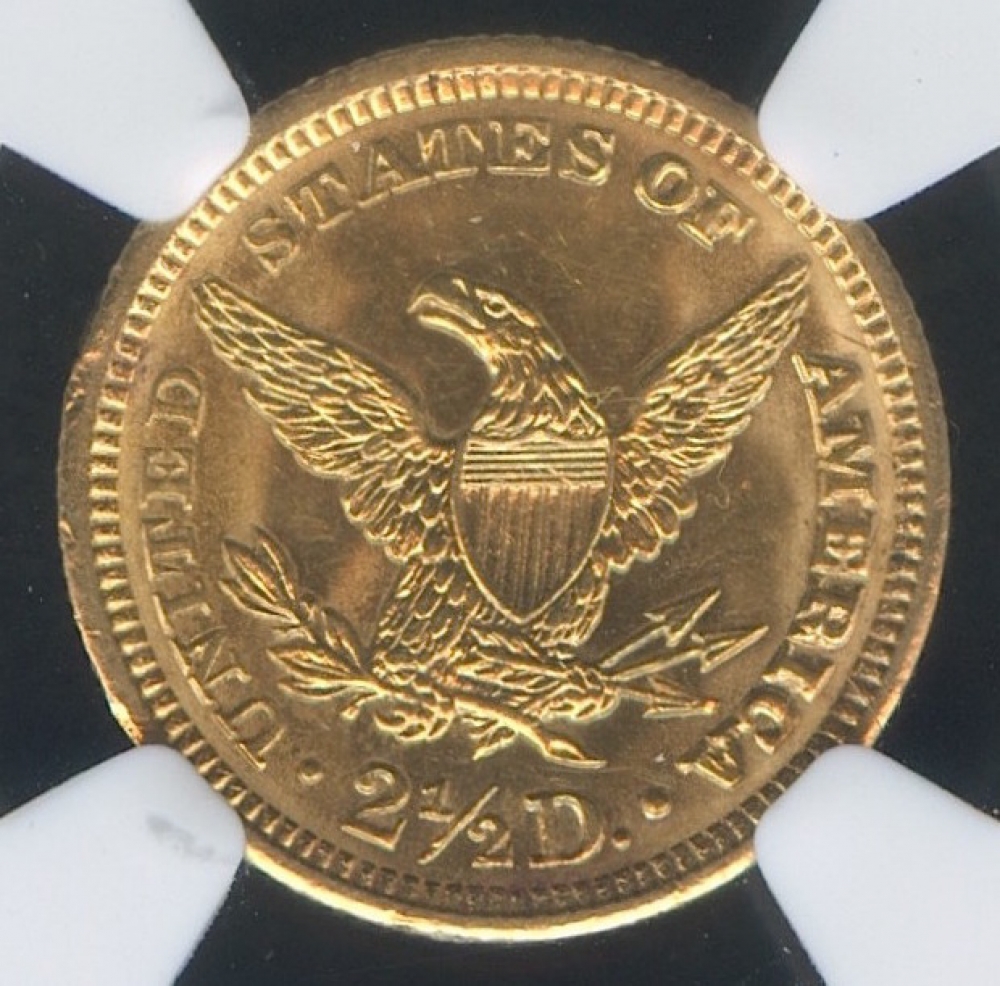

"The current $1 bill, the back looks the way it does because of Franklin Roosevelt," Noll said. The decision to flip it came from the highest level of government. An early design had the images reversed, with the eagle looking away from the pyramid. The two images, featuring an eagle and a pyramid, first appeared on the dollar bill in 1935. The Coinage Act, signed 3 March 1791, establishing the United States Mint. Next time you get your hands on a $1 bill, look at the Great Seal of the United States on the back. The next expected change is the $10 bill in 2026.īecause our currency was such a complicated system, there is plenty of history behind it. If you tilt the bill back and forth you can see bells change to 100s. The last redesign was the $100 bill in 2013. Throughout history, paper bills have been redesigned primarily to protect them. Chase left the Treasury Department in 1864, and officials replaced his face with George Washington's five years later. Just what did this Act legislate Lets take a look at some of the important sections: Section 1 established the Mint for the purpose of making a national. The Coinage Act of 1792, also known as the Mint Act of 1792, was passed by the United States Congress on April 2, 1792. Treasury Secretary Salmon Chase used that opportunity to put his face on the first dollar. In 1862, the $1 bill was created, and the Treasury Department was in charge of designing it. "And so one chemist in the 1840s came up with this ink that couldn't be removed and has a special chemical layer.

Buy Identify Estimate value Sell Add to Collection Find my coin by photo. TURNER CAMAC CHAIRMAN - FARTHING -) Sign In Sign Up.
COINAGE ACT OF 1792 FULL
Full information including prices and photos for all years, metal, purity, mintage, size. "What chemists were looking for was a way to create an ink that could not be erased," Noll said. Coinscatalog.NET is a complete catalog of world coins. To prevent people from counterfeiting, or printing fake money, the government turned to science. The color – used to print the back of the bill – had a purpose. EAGLES-each to be of the value of ten dollars or units, and to contain two hundred and forty-seven grains and four. The bills were also called "greenbacks," a name Civil War soldiers came up with. And be it further enacted, That there shall be from time to time struck and coined at the said mint, coins of gold, silver, and copper, of the following denominations, values and descriptions, viz. Many would think the $1 would be the first paper bill, but the first bills were the $5, $10 and $20. So the United States was introduced to the first government-regulated paper bills, also called "demand notes." In sum, the Coinage Act of 1792 demonstrates an early Congress’s strict adherence to the common-law and constitutional principles elucidated heretofore. During the American Revolutionary War, the Continental Congress issued paper currency-called Continentals-to help fund the war.In 1861, Congress needed to find a practical way – a currency that didn't rely on gold or silver – to pay for the Civil War and its soldiers. Approved by the states in 1778, the Articles of Confederation gave both the states and Congress the authority to coin money. Prior to the Coinage Act of 1792, the challenges of not having a national coinage system had become a critical problem for the fledgling independent nation. mint to strike coins of gold, silver, and copper of various denominations. The Coinage Act of 1792 instructed the U.S.President George Washington exercises his authority to veto a bill, the first time this power is used in the United States. 5th April » President of the United States named U.S. The United States Constitution addressed the currency crisis by giving Congress the sole authority to coin money. 2nd April » The Coinage Act of 1792 known as Coinage Act is passed establishing the United States Mint.This resulted in a glut of debt certificates and Continental dollars, which quickly lost value as they were not backed by physical assets such as silver or gold.During the Revolutionary War, both Congress and the states had the right to coin money and issue debt in order to fund their war efforts.dollar as the nation's currency and created a mint for national coinage. The Coinage Act of 1792 established the U.S.


 0 kommentar(er)
0 kommentar(er)
